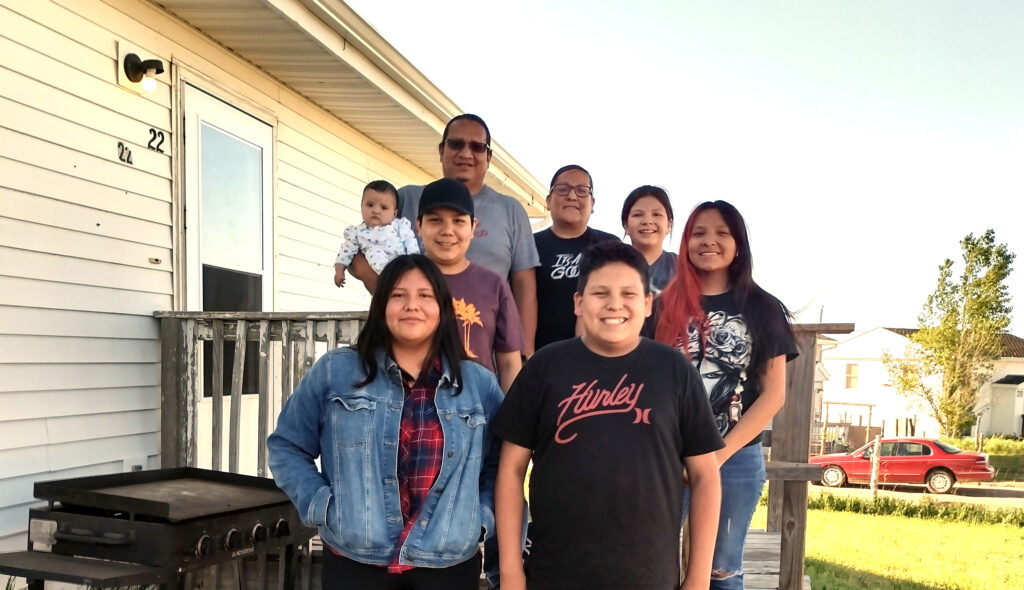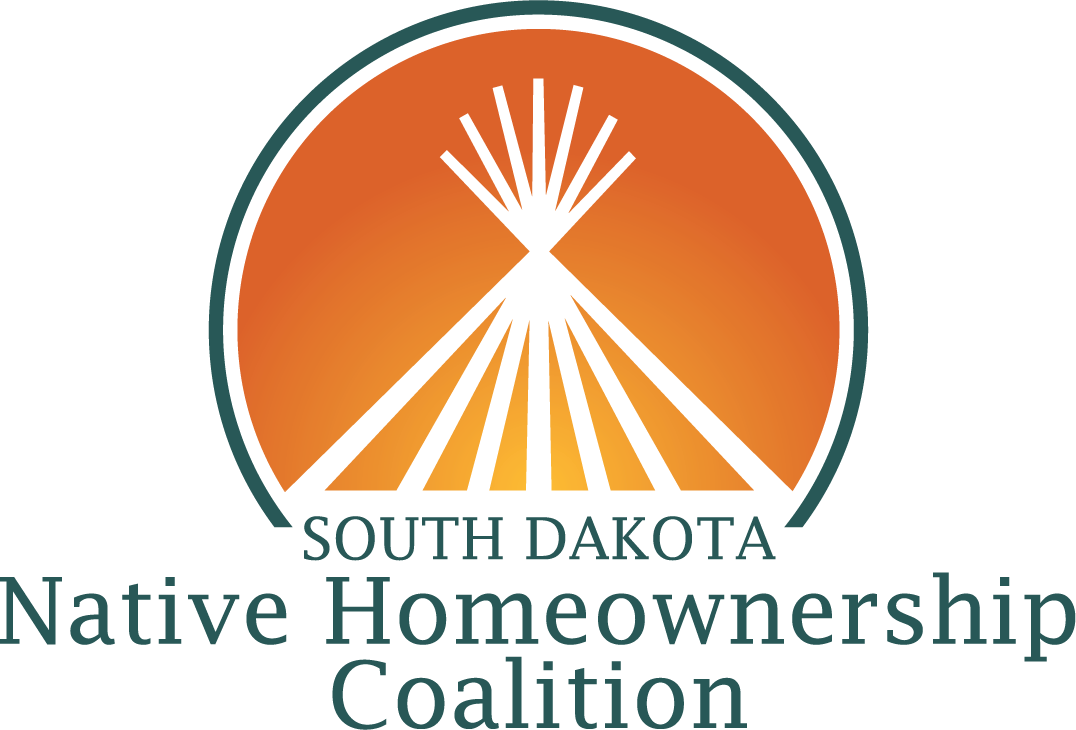Getting to Know Lakota Funds

Elmer Clairmont and Agnes High Horse purchased their rental home in the Eagle Nest Housing Development, a low-income housing tax credit project initiated by Lakota Funds over 20 years ago.
One of the First
Established in 1986 as the first Native American community development financial institution (CDFI), Lakota Funds began by helping entrepreneurs on the Pine Ridge Reservation realize their dreams through $500 loans. Today, Lakota Funds continues to play a vital role in improving life for the Lakota people by placing capital with new and growing businesses on the Pine Ridge and Rosebud Reservations and surrounding areas. Since their inception, they have deployed over 1,419 loans totaling over $24.2 million, helped establish or expand 983 businesses, and created 2,348 permanent jobs. With lending at the heart of their mission, Lakota Funds provides business and agricultural loans up to $300,000.
In addition to being the first-ever CDFI on an Indian Reservation, Lakota Funds has achieved several more historic milestones, including:
- The launch of a child development account program, a unique matched savings program for youth as young as Kindergarten-age, designed to build the family core – the first of its kind on any reservation in the nation.
- Becoming the first Native CDFI to be approved as an FSA guaranteed lender.
The conversion of Eagle Nest Housing, a low-income tax credit housing development, into privately-owned homes. Not only was Eagle Nest the first Native American tax credit financed low-income housing project in America, but it was also the largest-ever influx of residential housing units on deeded land into the Pine Ridge Reservation real estate market.
Partnering to Create Homeownership Opportunities
Another history-making first came through an initiative spearheaded by Lakota Funds to create the Lakota Federal Credit Union. When the Credit Union opened its doors in 2012, it became the first federally-insured financial institution on the Pine Ridge Reservation since 1935. It remains as the only depository institution on the Reservation. Over 10 years later, Lakota Funds and the Lakota Federal Credit Union continue to work collaboratively to leverage resources and expand services to the communities they serve. One aspect of that partnership has directly supported increased homeownership rates for Native American families since the Lakota Federal Credit Union began offering mortgages in 2021. If applicants do not immediately qualify, they are able to engage in Lakota Funds’ credit builder program. After completing the credit builder program, they become mortgage-ready and then re-engage with Lakota Federal Credit Union.
Supporting the Local Construction Industry
Long before that partnership, Lakota Funds was supporting homeownership in other ways. In 2012, Lakota Funds deepened its work with building contractors by offering specialized contractor development services for this critical sector of the Reservation’s economy. Over the next couple of years, Lakota Funds continued to focus on the construction industry by developing and delivering a range of in-person and online courses to build the capacity of this sector. The lending products and development services that Lakota Funds provides, continue to support local building contractors today.
Building a Housing System
With extensive experience in this area, it was a natural fit for Lakota Funds’ Executive Director, Tawney Brunsch, to get involved with the South Dakota Native Homeownership Coalition’s Physical Issues Committee. As Chair of the Committee since it was formed, Tawney has led the group to identify several barriers to the lack of housing stock on South Dakota’s reservations.
“It’s not just a house, it’s about creating a system,” she explains.
By establishing a construction industry capacity building initiative, the group is working on several fronts to build infrastructure and systems that create more opportunities for homeownership. Through robust and holistic programming, the Physical Issues Committee has launched the construction internship program, inspector certification trainings, contractor workshops and trainings, and appraiser apprenticeship opportunities.
Tawney ascertains these efforts with the Coalition have helped strengthen Lakota Funds’ work with building contractors. By partnering on and participating in the construction internship and contractor workshops, it has enabled Lakota Funds to increase direct interactions with contractors and communities.
“It has put is in a good position to help more contractors and advance the types of products we offer to meet their needs,” she says.
Lakota Funds’ Deputy Director, Ellen White Thunder, has also taken an active role in the Physical Issues Committee, becoming a certified residential building inspector herself. Although known for being an extremely difficult test, the pass rate at the last inspector certification training doubled under Ellen’s leadership.
Advocating Homeownership Opportunities
Tawney says that with Lakota Funds serving as the fiscal sponsor for the South Dakota Native Homeownership Coalition, it means “we are going to be right out there in the lead making it happen.”
She points out that the Coalition has identified issues that are impacting all of Indian Country, such as the USDA Rural Development 502 Direct Loan and the US Department of Veterans Affairs Native American Direct Loan. The advocacy work by Coalition members has made substantial changes to both of these programs, leading to increased access to mortgage capital for Native American families.
“We are creating models with the potential to be replicated and scaled, and it’s going well beyond South Dakota. These issues are very near and dear to me, and it’s exciting to be a part of it,” states Tawney.

